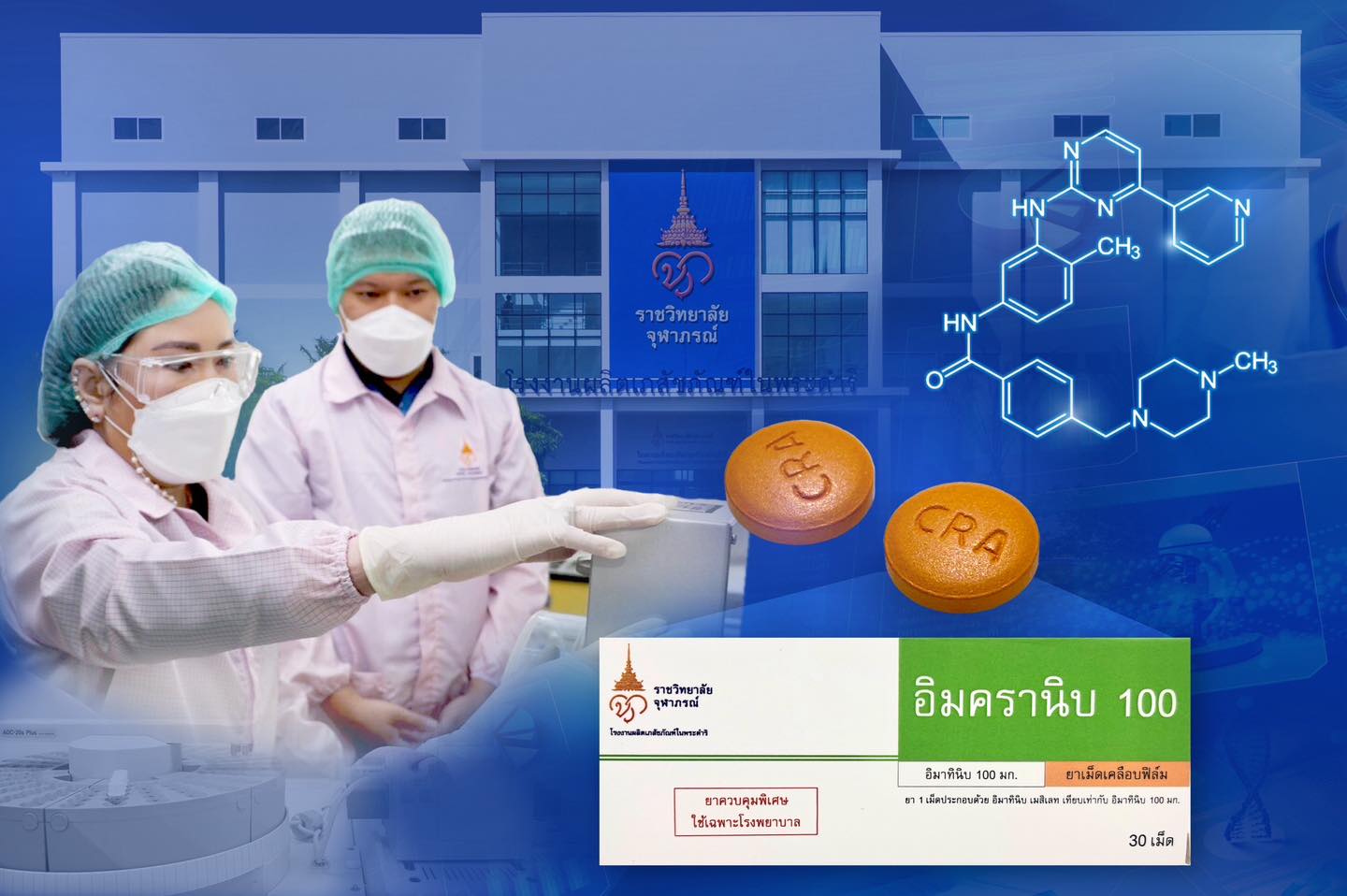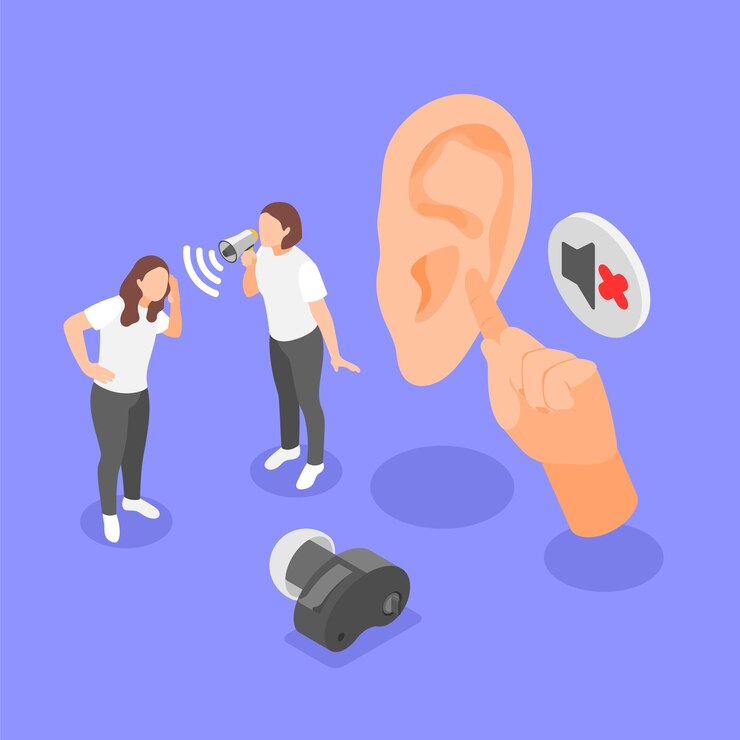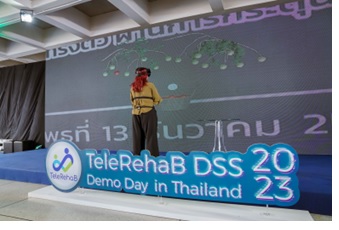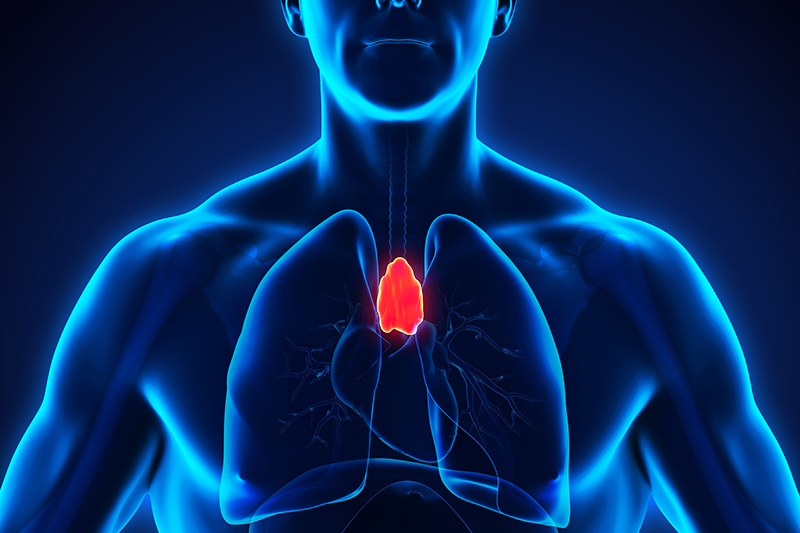Abstract
Hypertension is a leading chronic condition among elderly patients, contributing to frequent clinic or hospital visits for blood pressure (BP) control. Home blood pressure monitoring (HBPM) has emerged as a promising approach for enhancing disease management outside clinical settings. This simulation-based study evaluates the potential impact of HBPM on reducing hospital visits and improving average BP control among older adults. Using a simulated dataset of 50 patients over three months, pre–post analyses were conducted using paired t-tests. Findings indicate that HBPM may reduce the need for hospital visits while maintaining effective BP control. These results provide evidence to support the integration of HBPM in family medicine for elderly patients with chronic hypertension.
Keywords:Hypertension, elderly care, home blood pressure monitoring, chronic disease management, simulation study
Introduction
Hypertension is highly prevalent among older adults, posing substantial risks for cardiovascular and target-organ damage. Traditional management relies heavily on frequent clinic visits to monitor and adjust treatment. Home blood pressure monitoring (HBPM), especially with automated devices, offers a practical alternativeempowering physicians to track patients’ condition remotely and reducing the need for frequent in-person consultations.
Meta-analyses of randomized trials have demonstrated that self-measured BP at home is associated with significant reductions in blood pressure and improved overall control. Home BP measurements are also more accurate predictors of cardiovascular outcomes compared to clinic readings, reinforcing the utility of HBPM in chronic disease management.
In large-scale implementations, HBPM has delivered concrete healthcare benefits. For instance, in Scotland, providing automated BP monitors to patients freed up an estimated 400,000 GP appointments, saving the NHS millions of pounds while maintaining effective hypertension care.
This study employs simulated data to evaluate whether HBPM can reduce hospital visit frequency and improve average BP control among elderly hypertensive patients. The simulation-based approach enables preliminary assessment of HBPM’s potential impactinforming feasibility before conducting real-world trials.
Literature Review
Chronic Disease Management in Elderly Patients
Hypertension is one of the most prevalent chronic conditions among older adults, affecting approximately 60–70% of individuals aged 65 years and older. Uncontrolled hypertension significantly increases the risk of cardiovascular events, including stroke, myocardial infarction, and heart failure (Whelton et al., 2018). Effective management requires regular monitoring and adjustment of therapy, which traditionally involves frequent clinical visits. However, frequent clinic visits can be burdensome for both patients and healthcare systems, especially in elderly populations with mobility limitations.
Home Blood Pressure Monitoring (HBPM)
Home blood pressure monitoring has emerged as an effective tool for improving hypertension management. Automated BP devices allow patients to self-measure their blood pressure in a familiar environment, providing more representative readings than clinic measurements (Parati et al., 2010). Meta-analyses have demonstrated that HBPM improves treatment adherence, enhances patient engagement, and leads to better blood pressure control compared to conventional clinic-based monitoring alone (Uhlig et al., 2013).
Impact on Healthcare Utilization
Several studies indicate that HBPM can reduce healthcare utilization, including the number of outpatient visits and hospitalizations. For instance, a randomized trial by McManus et al. (2010) found that telemonitoring combined with HBPM led to fewer clinic visits while maintaining or improving blood pressure control. Similarly, implementation of HBPM programs in primary care settings has been associated with reduced physician workload and more efficient use of healthcare resources (Stergiou et al., 2018).
Advantages and Challenges in Elderly Populations
The elderly population may particularly benefit from HBPM due to its convenience and ability to provide continuous monitoring without requiring frequent travel to clinics. However, challenges such as device affordability, patient education, and technological literacy must be considered (Kario, 2018). Successful integration of HBPM into chronic disease management requires structured protocols, patient training, and support from healthcare professionals.
Research Gap
Despite the demonstrated benefits of HBPM, few studies have explored its potential to reduce hospital visits and improve BP control specifically in elderly populations using simulation-based approaches. Simulation allows preliminary assessment of HBPM’s impact before conducting resource-intensive real-world trials. This study addresses this gap by using a simulated dataset of elderly patients to evaluate HBPM’s potential effectiveness and feasibility.
Objectives
1. To simulate the effect of home BP monitoring on blood pressure levels.
2. To evaluate its impact on the frequency of hospital or physician visits.
3. To analyze the feasibility of implementing HBPM among elderly patients.
Conceptual Framework
The study is based on the Chronic Disease Management (CDM) model, which emphasizes proactive monitoring, patient self-care, and systematic follow-up. Technology in elderly care, specifically HBPM, serves as a supportive tool to reduce unnecessary clinical encounters while maintaining treatment quality. This integrated approach aligns with the goals of family medicine to provide continuous, cost-effective care.
Methods
1. Study Design
This research employed a simulation-based, pre–post design to estimate the potential impact of HBPM on elderly hypertensive patients over a three-month period.
2. Population and Sample
A simulated dataset was generated to represent 50 elderly patients diagnosed with hypertension. Baseline and follow-up BP readings were created to mimic real-world variability.
3. Variables
- Primary outcome: Mean systolic and diastolic BP before and after HBPM implementation.
- Secondary outcome: Frequency of hospital visits before and after HBPM implementation.
4. Data Collection and Analysis
The simulated data were analyzed using paired-sample t-tests with SPSS/Excel to compare pre-postintervention measures. Results were considered statistically significant at p < 0.05.
5. Ethical Considerations
As this study uses simulated data only, no ethical approval or patient consent was required.
Results
The simulated dataset included 50 elderly hypertensive patients. Baseline systolic BP averaged 152 mmHg (SD = 10) and diastolic BP averaged 92 mmHg (SD = 7). After three months of HBPM, systolic BP decreased to an average of 142 mmHg (SD = 9) and diastolic BP decreased to 86 mmHg (SD = 6). Paired-sample t-tests indicated that these reductions were statistically significant (p < 0.001).
The number of hospital visits per patient decreased from a mean of 2.4 visits (SD = 0.8) to 1.5 visits (SD = 0.6) during the three-month period (p < 0.001). These findings suggest that HBPM may effectively reduce both blood pressure levels and healthcare utilization among elderly patients.
Discussion
This simulation-based study supports the potential of HBPM as a tool for reducing hospital visits while maintaining adequate BP control in elderly patients. The findings are consistent with previous studies demonstrating improved self-management and adherence among patients using home monitoring devices. The reduction in hospital visits aligns with the broader goals of chronic disease management programs, which emphasize cost-effective, continuous care.
Practical considerations include the cost of devices, patient education, and the technological literacy of elderly individuals. Healthcare providers must also establish clear protocols for interpreting HBPM data and adjusting treatment regimens accordingly.
Limitations include the use of simulated data rather than real-world measurements, which may not fully capture behavioral or clinical variability. Future research should validate these findings through clinical trials or observational studies.
Conclusion
ome blood pressure monitoring appears to be a feasible and effective strategy for improving hypertension control and reducing hospital visits among elderly patients. The simulation results suggest that HBPM can help lower systolic and diastolic BP while decreasing the frequency of healthcare utilization. Implementing HBPM in real-world clinical practice, supported by patient education and structured monitoring protocols, could enhance long-term health outcomes and reduce the burden on healthcare systems. Overall, HBPM represents a promising intervention for the proactive management of chronic hypertension in elderly populations.
References
Kario, K. (2018). Home blood pressure monitoring and hypertension management in the elderly. Hypertension Research, 41(9), 737–746. https://doi.org/10.1038/s41440-018-0103-6
McManus, R. J., Mant, J., Bray, E. P., Holder, R., Jones, M. I., Greenfield, S., ...& Bryan, S. (2010). Telemonitoring and self-management in the control of hypertension: the TASMINH2 trial. The Lancet, 376(9736), 163–172. https://doi.org/10.1016/S0140-6736(10)60964-6
Parati, G., Stergiou, G. S., Bilo, G., Kollias, A., & Ochoa, J. E. (2010). Home blood pressure monitoring: new perspectives and evidence. Nature Reviews Cardiology, 7(12), 705–712. https://doi.org/10.1038/nrcardio.2010.153











